Better acoustics for home and office: Interview with an acoustic expert
Finding the best sound in any given space isn’t just about crunching the numbers. It takes a deft approach to how individuals perceive and interpret sound. ABC spoke to qualified acoustic engineer Michael Phillips about the fine art of optimising sound.
Think of acoustics and what comes to mind is a complex branch of science filled with arcane concepts relating to energy, wave propagation and vibration.
It’s all of these things. But, at its simplest, acoustics relates to how we subjectively experience sound.
One of the challenges of acoustics is that, in many cases, significant weight is held on the psychoacoustical experience. This is because the human perception of sound (psychoacoustics) can vary between individuals.

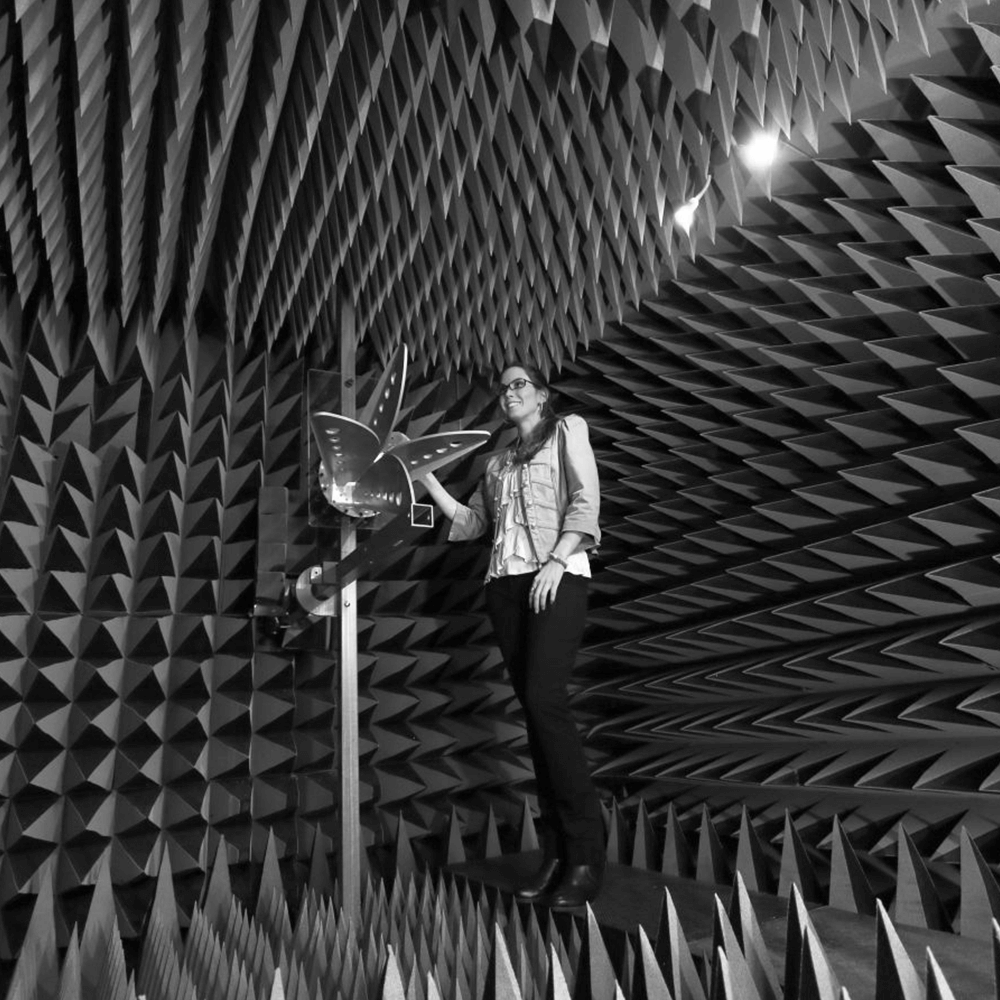
Experts will tell you that how we interpret sound differs from one individual to the next. We all have different hearing thresholds and frequency ranges, and sound that that is intensely annoying to one person might only be a minor distraction to another.
Acoustic consultant Michael Phillips has made it his business to find out how individuals experience sound and its unwanted variant – noise. Every consultation he conducts with a customer involves an interview to determine their unique experience of sound in any given environment.
His findings go hand-in-hand with objective sound measurements that are recorded during a site investigation.
“Once we uncover the individual’s threshold of noise perception, we examine the measured objective data to provide a tailored solution. This is particularly important for residential applications and private offices,” Phillips says.
He says he then takes the objective data and “calculates the physical attributes of the target sound and interprets the psychoacoustical implications” to determine an appropriate mitigation strategy.
The goal is to arrive at a practical solution where noise is reduced to a desirable level of comfort for every individual present in that environment.
Optimising sound in any space
Determining the function of a space is an important first step towards finding an optimal acoustics solution for that space, according to Phillips.
Whether it’s a home media space, dining room, call centre, function hall or theatre, how the space is used is pivotal to determining what acoustical treatments can and should be used.
A holistic approach is also called for. “In regard to ‘soundproofing’, a room is only as strong as its weakest point, so the entire construction must work together when the aim is to provide acoustic privacy to the occupants,” he says.
Phillips specialises in architectural acoustics (distinct from other branches such as medical or underwater acoustics), which he says can be split into two parts. Room acoustics concerns itself with sound reflections in a space so as to optimise the function of that space. The aim might be to better enjoy music, allow speech to be understood more clearly, or reduce the hubbub of a busy restaurant.
Building acoustics, on the other hand, can be thought of as stopping sound transference between two spaces. Examples include facilitating better speech privacy between offices and reducing aircraft and other traffic noise in commercial and residential buildings.
Together with his national team of three acoustics engineers, Phillips works with a range of customers to optimise sound levels in both room environments and buildings. His customers run the gamut from architects, builders and designers through to home-owners looking to create a better home working environment.
His business maintains a relationship with Acoustics Blinds and Curtains (ABC), whose products he often recommends to his clients.
“It’s beneficial for acoustic consultants to maintain good relationships with several manufacturers and suppliers,” Phillips explains. “I have received much feedback from my clients that Acoustic Blinds and Curtains do make a quality product. What works for me is that they are very proactive in their product development and product data. This means that engineers can conduct highly accurate prediction models for in-situ product performances.”
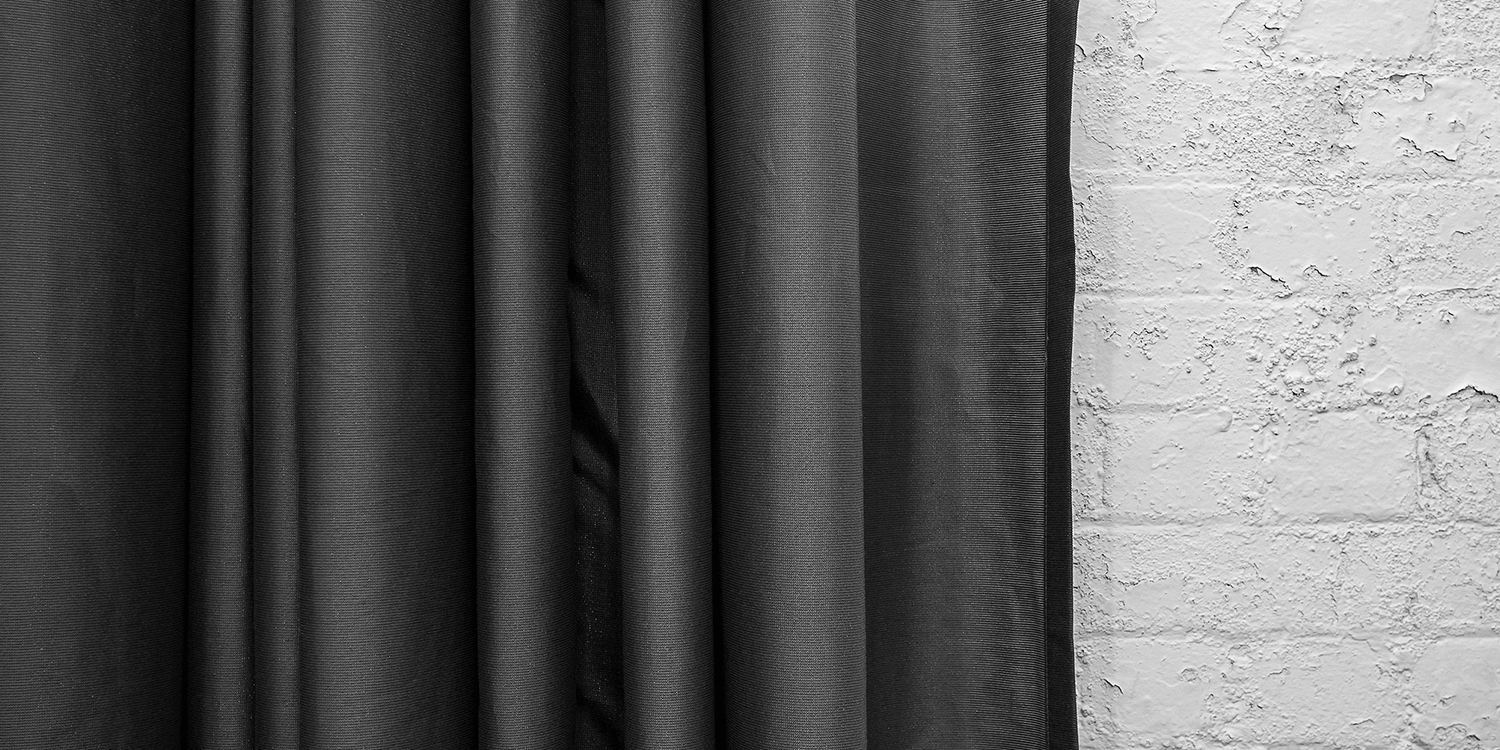
Advantages of acoustic curtains
Acoustic curtains are an ideal addition to residential properties for their ability to cut down unwanted noise and allow for concentration and easy enjoyment of conversation, music and movies.
Another advantage they offer over other acoustic treatments is their ‘operability’.
“You can change the characteristics of a room’s acoustics by opening or closing acoustic curtains,” Phillips explains. “This is advantageous, for example, in a multi-purpose meeting room space (in the home or office) – the acoustics required for a face-to-face meeting greatly differ from those needed for a video call.”
In a concert hall or other large open space, acoustic curtains can be removed more easily than traditional treatments such as acoustic panels should the space need to be re-used. That same flexibility makes them an asset for putting up in heritage homes or rental properties where original fittings need to be preserved.
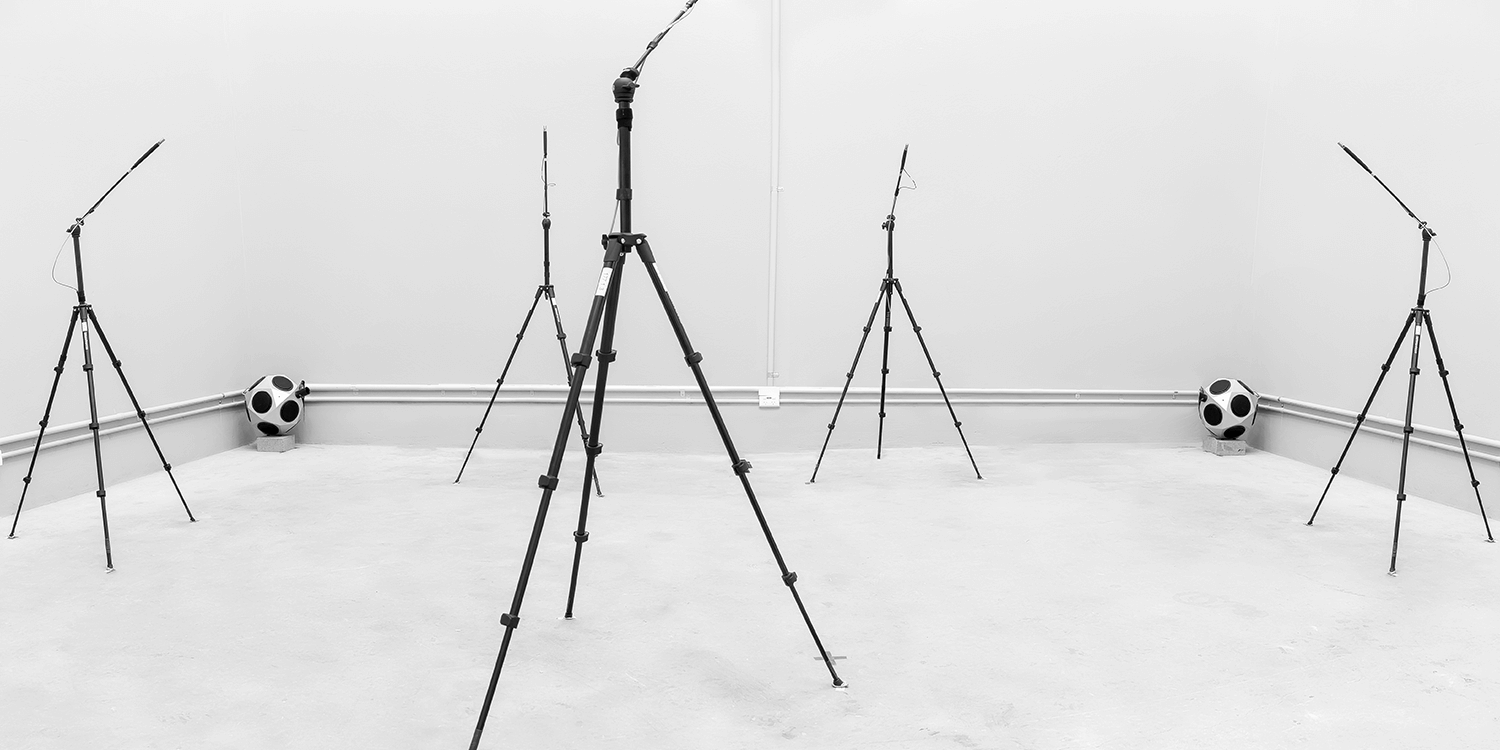
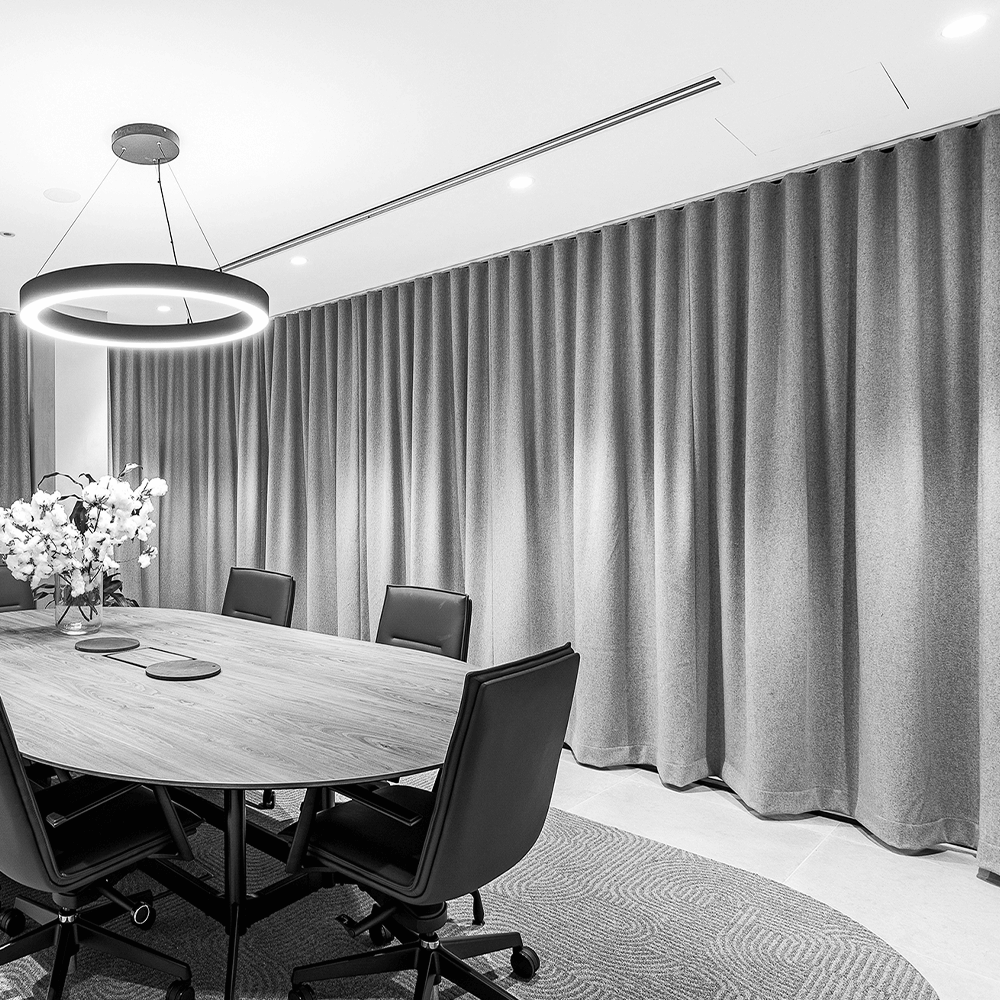

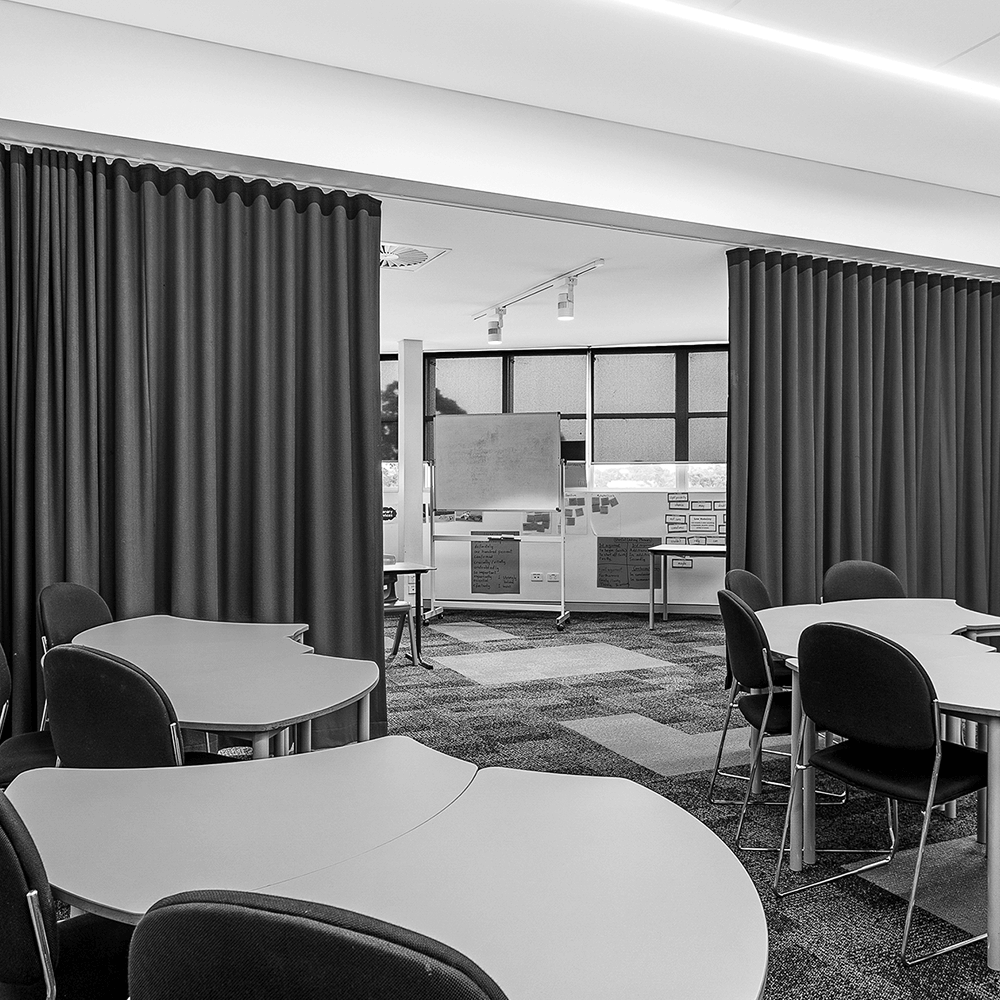
The benefits offered by acoustic curtains have become even more apparent as Australians have grappled with COVID-related challenges.
Since starting his business in February 2020, just weeks before the pandemic hit with a bang, Phillips has found his services in significant demand.
“We have found that residential enquiries have tripled in number during lockdown periods,” he says. “This is on the back of an increasing number of people faced with working from home and conducting Zoom and other virtual meetings from their loungeroom, bedroom or home office.”
At the same time, companies with dedicated office meeting rooms have come to expect better performance from those rooms to counteract ‘Zoom fatigue’ and poor listening experiences in general.
Whether in the home or office, and whether through subjective or objective interpretation, there’s no doubt that significant acoustic improvements can be gained when a tailored solution is applied – and the right product used.
Michael Phillips is an active Member of the Australian Acoustical Society (MAAS) and an experienced architectural acoustics lecturer. Learn more at Michael Phillips Acoustics.
Contact Acoustic Blinds and Curtains for test results, applications and projects.
